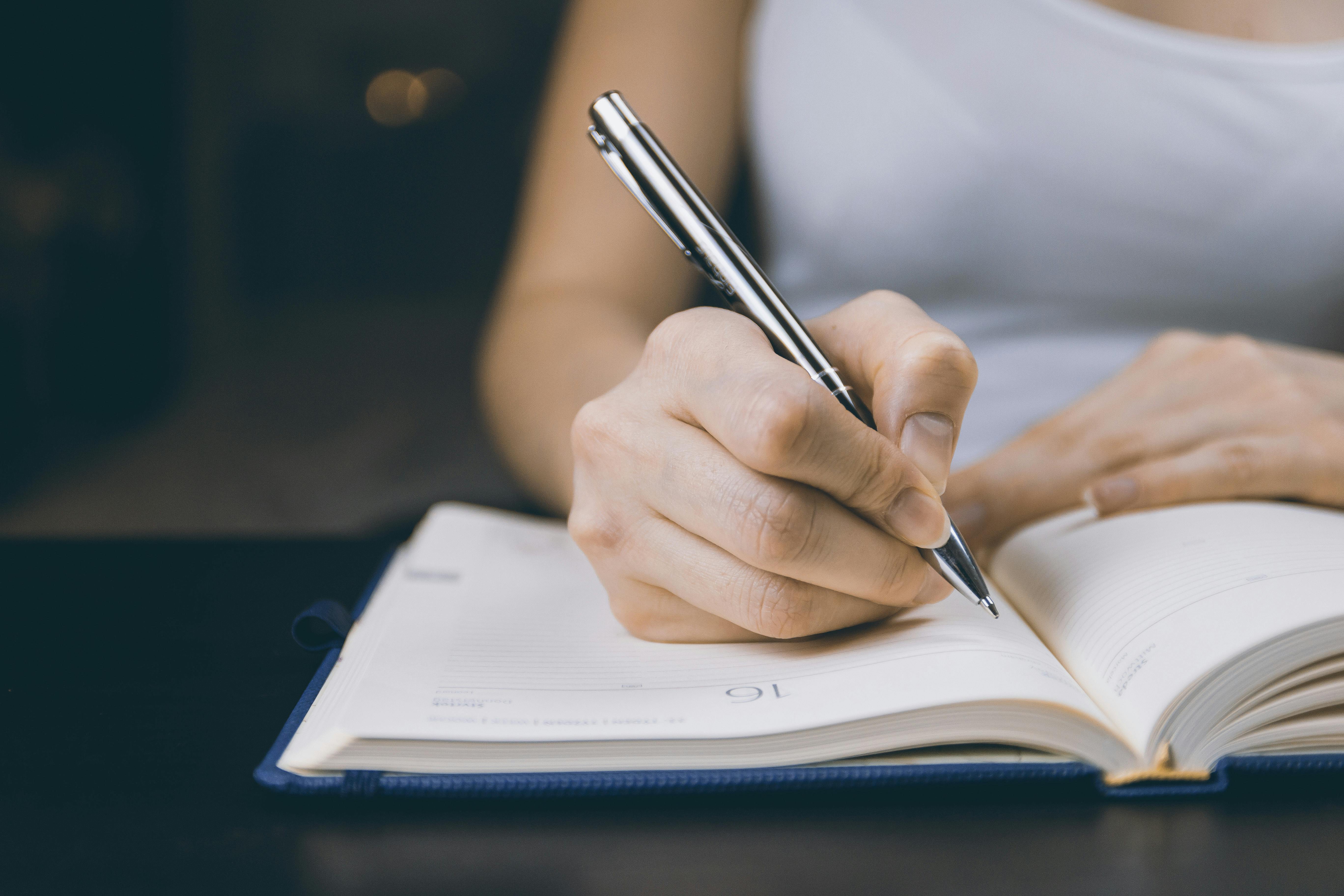Speed Reading: How to Double (or Triple) Your Reading Speed in Minutes

Jesse Wisnewski


Professional Development
In 2005, a one-on-one speed reading session revolutionized my professional growth.
I had just started graduate school, and the institution offered a speed reading course.
Since I missed the scheduled course, the instructor kindly agreed to meet with me one-on-one for a session that lasted about an hour.
That hour and the instructor's generosity were game-changers. The lessons revolutionized my reading, studying, and learning abilities. They helped me tackle extensive research, balance school with work and family, and gain skills for new opportunities.
Here’s the deal:
Learning plays a crucial role in our professional development.
This encompasses learning from life, school, and personal experiences, as well as the knowledge we gain and apply from books.
Speaking of books, let's pause here for a moment.
Consider the possibilities if you could increase your reading speed.
You could:
- read more books,
- save time, and
- explore a greater number of ideas and concepts
This would be helpful to learn new skills, advance in your career, or start a business, right?
However, let's be honest:
Attempting to read more books (even the best marketing books) can be frustrating.
Work, family, and various demands compete for our attention, and the sheer volume of books can be overwhelming. If you feel this way, you are not alone. Like many people, you probably have a lengthy list of books you want to read.
Fortunately, you don't have to be like John Travolta's character, George Malley, in Phenomenon, who acquired super intelligence and could read two to three books per day after being struck by a flash of light from heaven.
Reading faster is more about developing good reading habits than being born with or receiving super intelligence.
In this post, you’re going to learn how to read faster.
I’m going to share:
- 3 misconceptions about speed reading
- 5 bad reading habits slowing you down
- 1 way you can accelerate your reading speed
Let’s get started.
3 misconceptions about speed reading
From outlandish claims to simple misunderstandings, misconceptions about speed reading abound.
Let's clarify some common mischaracterizations.
1. "Speed reading doesn't work."
It depends.
While reading thousands of words per minute with perfect comprehension is unrealistic, increasing your reading speed beyond the average is achievable.
By unlearning bad habits and adopting good ones, you can potentially double or triple your reading speed.
2. "Slow readers comprehend more."
Not necessarily.
Reading slowly doesn't guarantee better comprehension.
3. "Reading faster leads to less comprehension."
Not entirely accurate.
Good reading habits enhance comprehension.
Utilize speed reading techniques to grasp the material more effectively.
5 bad reading habits slowing you down
Many people rely on learning productivity hacks (like reading) to get ahead.
However, there's more to reading well than mastering a few tricks.
You might need to change some of the habits you've been taught or picked up along the way.
Building good reading habits on top of bad ones is like constructing a house on a faulty foundation—it won't last.
Before exploring the tips, tricks, and best practices below, take a moment to reflect on your reading habits, or lack thereof, to see if there are things you should unlearn first.
1. Saying every word as you read
When taught to read, you likely learned to read word for word.
As your reading ability improved, you transitioned to reading to yourself, a process called subvocalization. This can reduce your reading speed because your reading speed can be faster than your talking speed.
We're not suggesting eliminating subvocalization, but you can read faster than you talk.
Limiting subvocalization can help improve your reading speed with practice and the tips shared below.
2. Reading every word on the page
Reading is about understanding the ideas behind the words and their context, not the words themselves. There are times when you need to read every word, like learning something new or reviewing legal documents. However, in general, reading every word isn't necessary. As you read, expand your vocabulary and focus less on individual words, and more on phrases and ideas.
3. Rereading what you just read
This bad habit can occur in two ways: consciously choosing to reread or unconsciously rereading. Either way, rereading slows you down and hampers comprehension.
4. Pausing after reading one line
Taking a break after reading one line is another bad habit. Pausing, even for a second, adds up and can significantly slow your reading pace.
5. Losing your place
Without knowing how to guide and focus your reading, it's easy to lose your place. This is like getting lost—you'll need to stop, turn around, and get back on track. Learning how to guide your reading helps you stay on track more often.
With these habits in mind, you're now ready to explore how to improve your reading speed.
How to speed read
Please listen carefully:
There’s a good chance you can double (or triple) your reading speed.
One study indicates that the average adult reads 238 words per minute (wpm) for nonfiction books and 260 wpm for fiction.
If this reflects your reading speed, you're in luck.
By unlearning bad reading habits, developing good ones, and applying a few tips, you'll be well on your way to significantly increasing your reading speed.
However, if you're already above average, say 350–450 wpm, you can still improve, though not as drastically.
Numerous studies show that reading more than 500–600 wpm with full comprehension is a monumental challenge.
Now, let's explore how to boost your reading speed.
1. Prepare your reading environment
Your reading environment influences how well you can read.
A bad environment can include poor seating, lighting, and distractions.
That's why having a place where you can concentrate is essential.
The ideal reading environment will differ from person to person, but generally, find a comfortable, distraction-free space.
Consider listening to music to drown out white noise and help you focus.
2. Read in short blocks of time
Treat your brain like a muscle when reading.
Just as your body becomes physically exhausted from exercise, your brain becomes mentally exhausted from reading.
Read in short blocks of time, such as 20-minute intervals, and adjust the duration according to your preference.
Besides, studies have found that reading in short bursts at high speeds helps maintain comprehension.
3. Make marks while you read
Don't worry about retaining everything while reading.
Mark important or insightful thoughts as you read, and review them later.
This allows you to better focus while reading.
4. Guide your reading
If there’s one key takeaway from this entire post, let it be this:
Guide your reading.
Guiding your reading is the most effective way to:
- Reduce fixation time
- Minimize regressions
As mentioned earlier, subvocalization (saying every word) and reading every word on the page are common ways our eyes fixate on certain points. Additionally, rereading, pausing, and losing our place are various forms of regression—backward movements that slow down our reading progress.
Guiding your reading helps reduce fixation and minimize regressions, ultimately accelerating your reading speed.
Here's how it works:
Use your hand, finger, pen, or pencil as a pointer to guide yourself as you read.
Then, with your guide, sweep it across the page like this:
This method enables you to focus, read phrases instead of words, and advance without rereading or pausing after each line.
Although it may feel uncomfortable initially, guiding your reading is essential for improving your reading speed.
5. Set goals and track progress
Set specific reading goals for yourself, such as a target number of pages or a specific book to complete within a certain timeframe. Tracking your progress can help keep you motivated and give you a sense of accomplishment as you improve your reading speed.
6. Schedule regular reading sessions
Consistency is key to improving any skill, including reading speed. Schedule regular reading sessions and make them a part of your daily or weekly routine.
Over to you
Remember, reading faster is a combination of breaking bad reading habits, and learning new reading lessons.
And at the end of the day, there's no better way to read faster and better than by doing the work itself—reading.
P.S. If you're intersted in learning how to read fast, check out A Guide to Skim Reading a 220-Page Book in 1 Hour.












